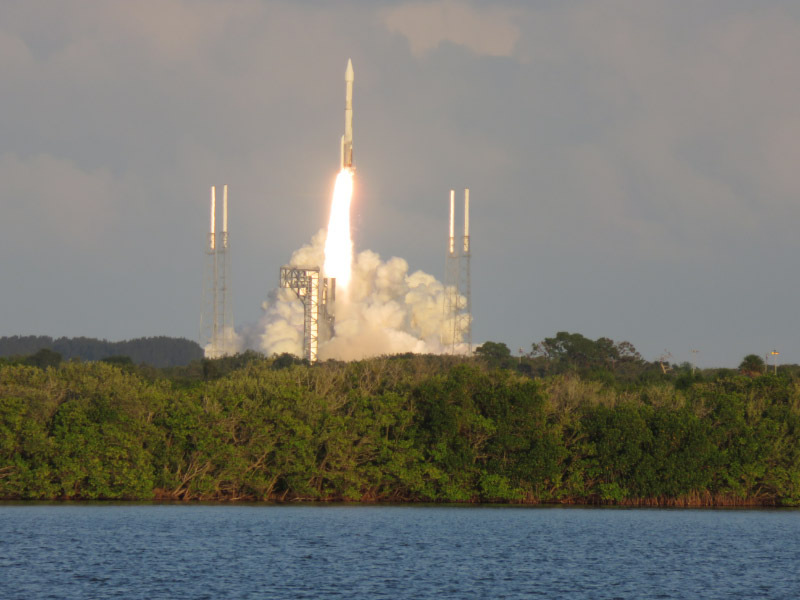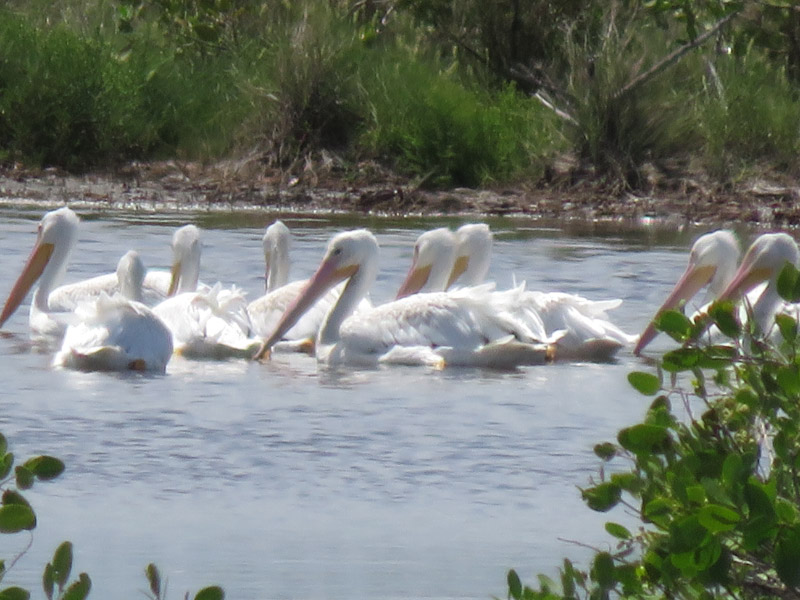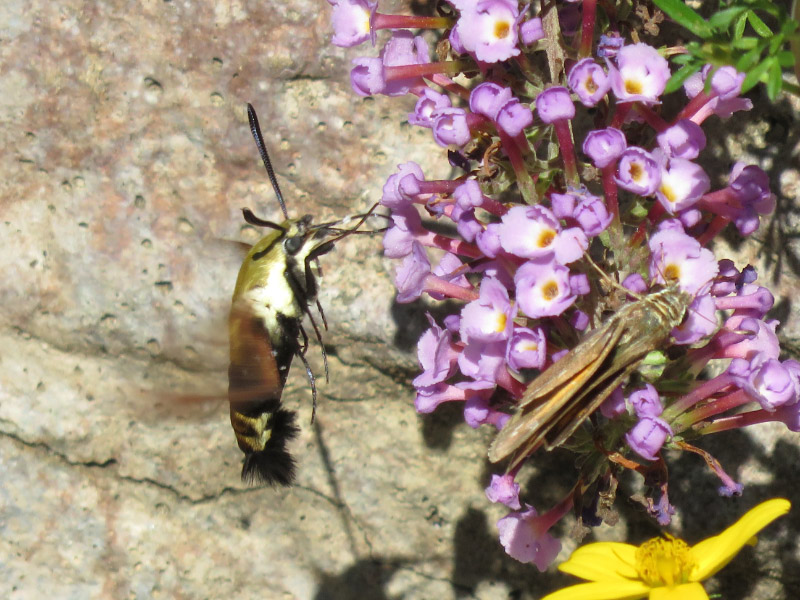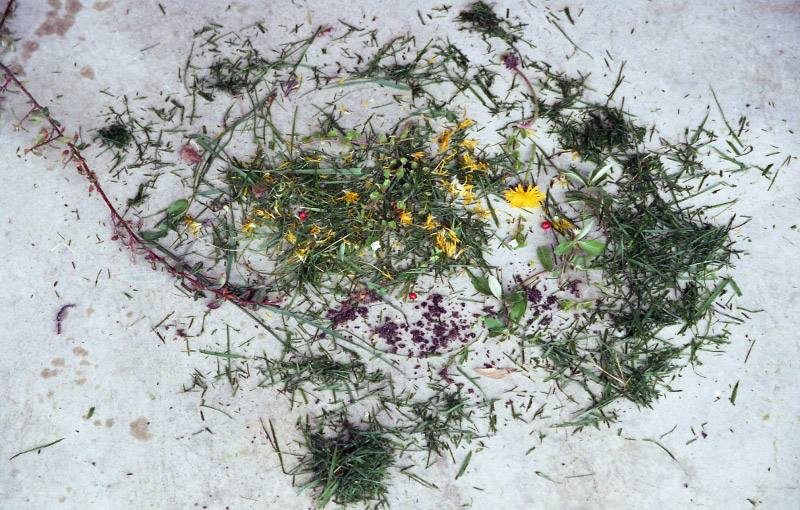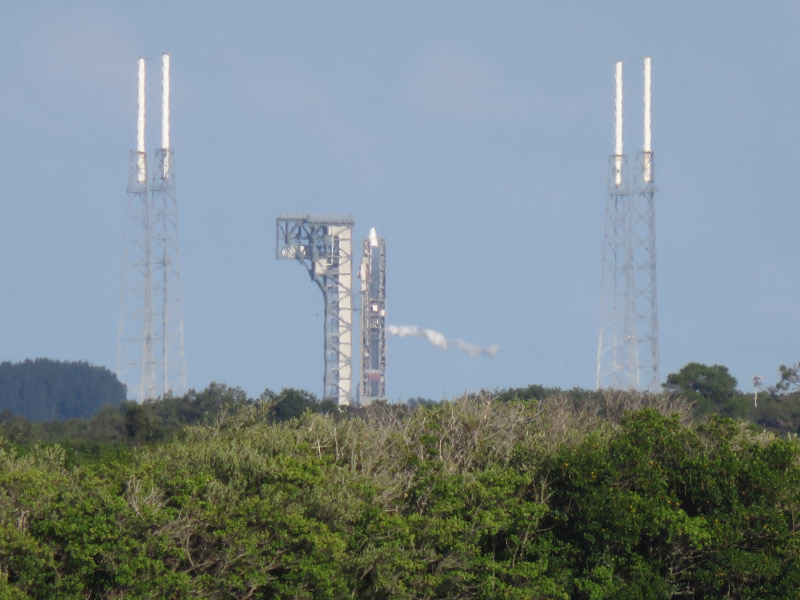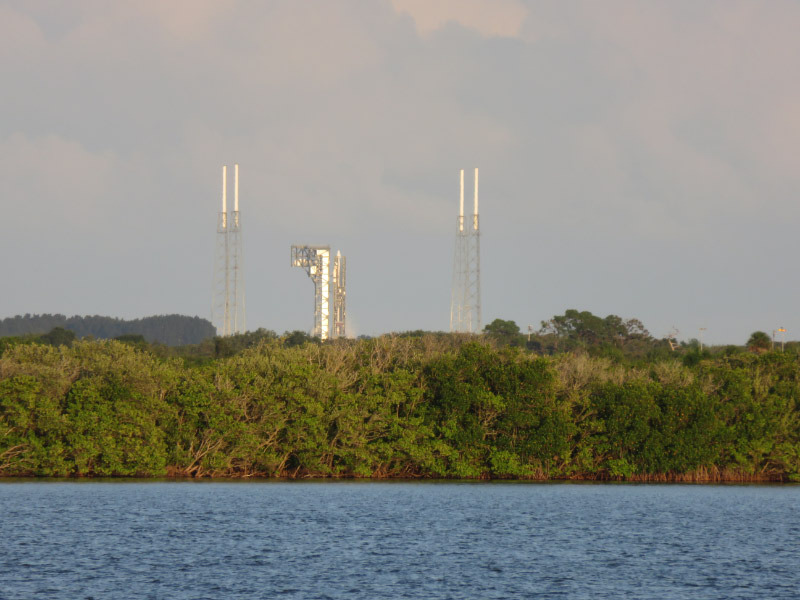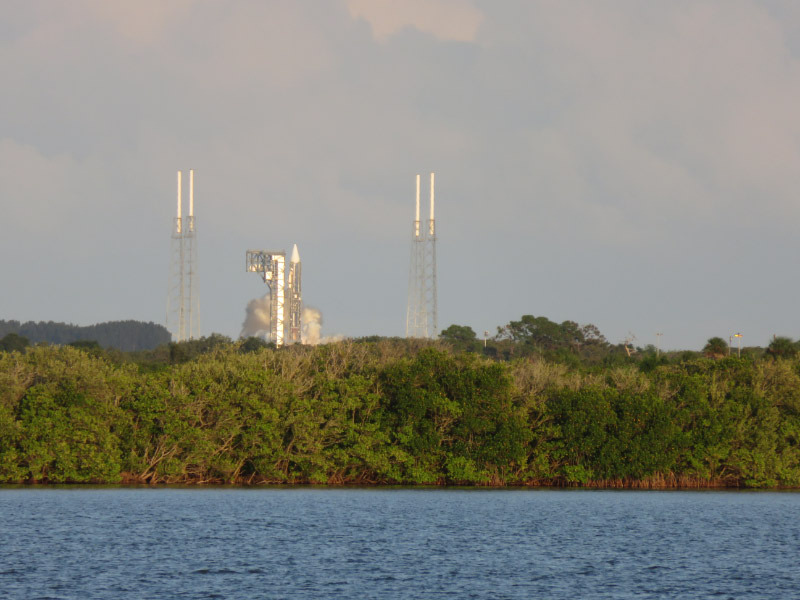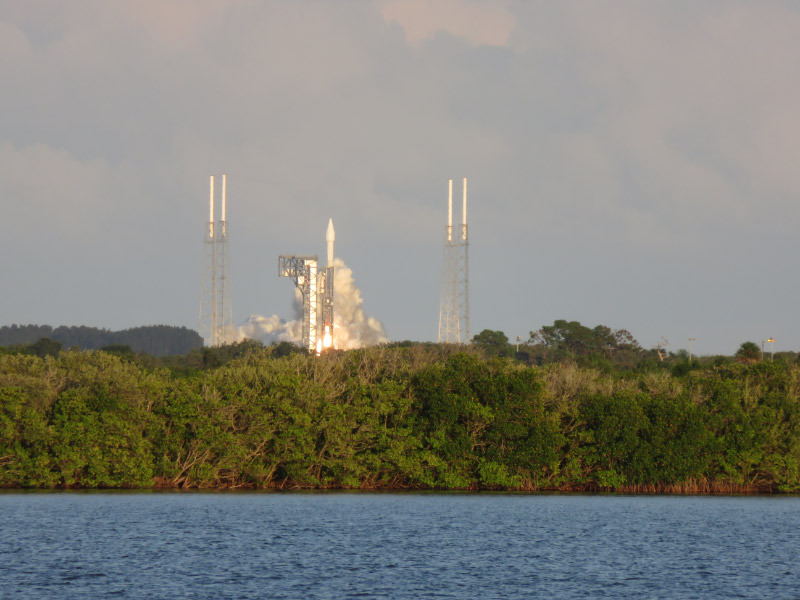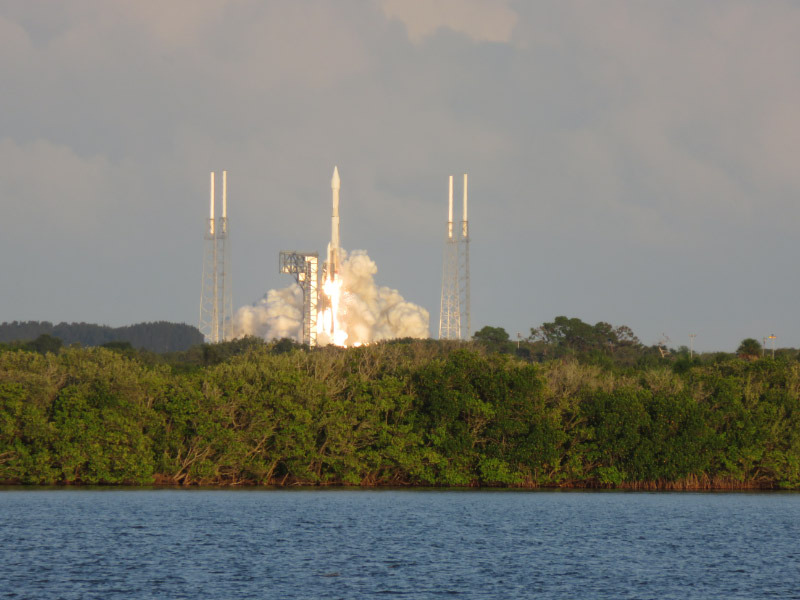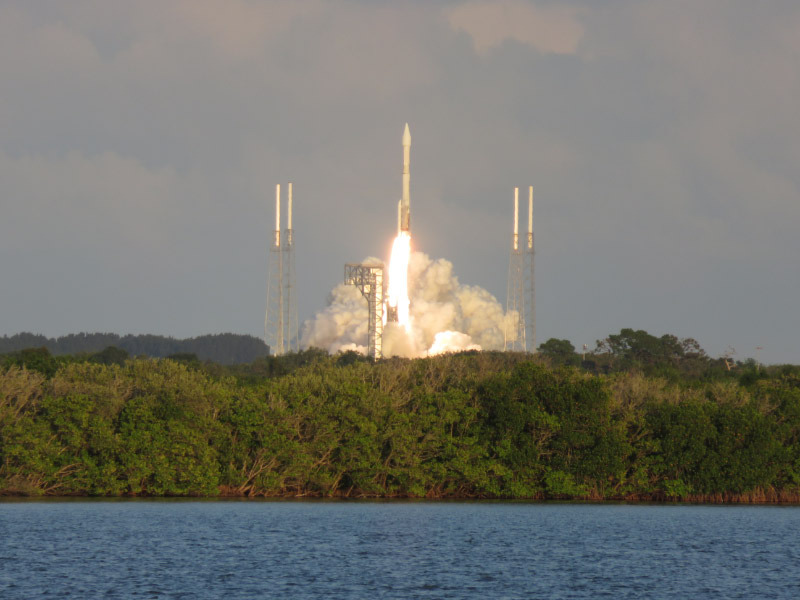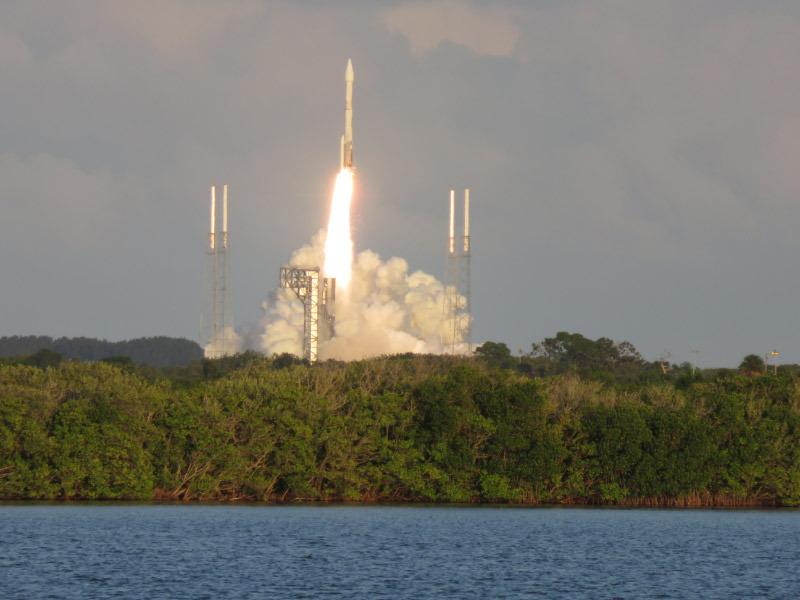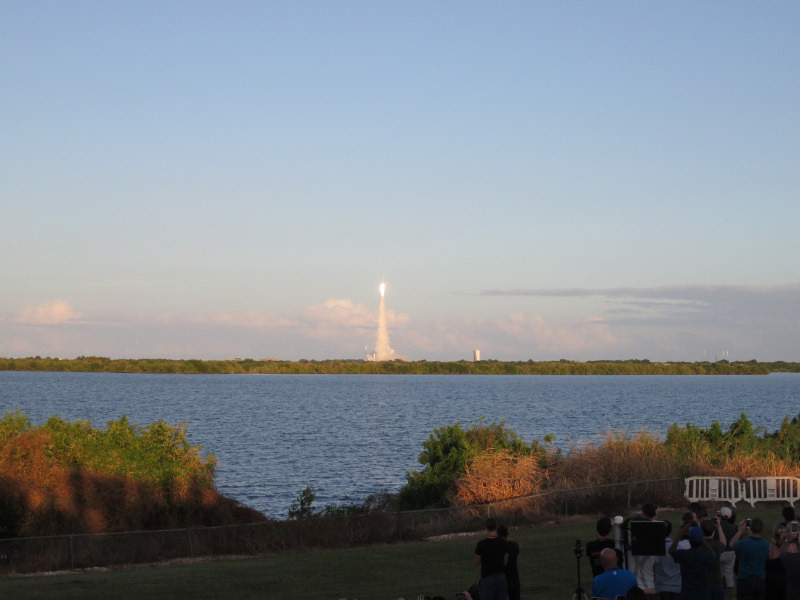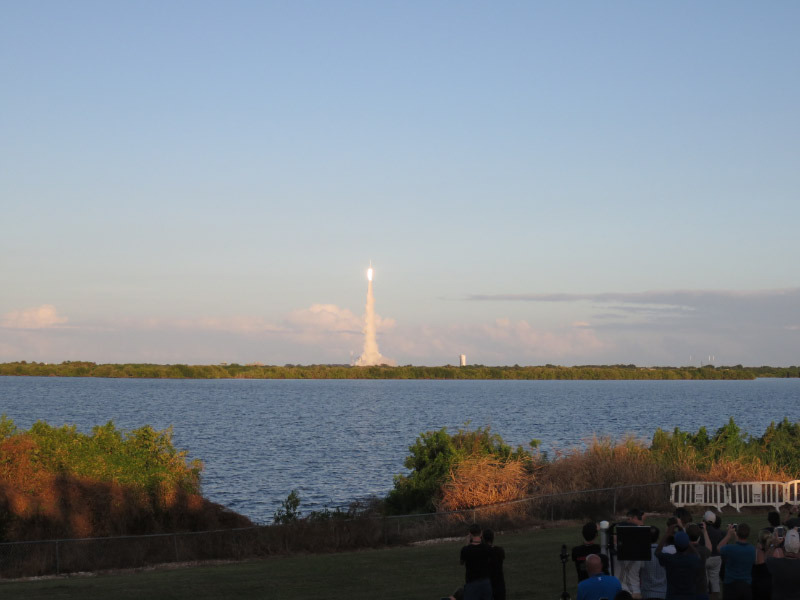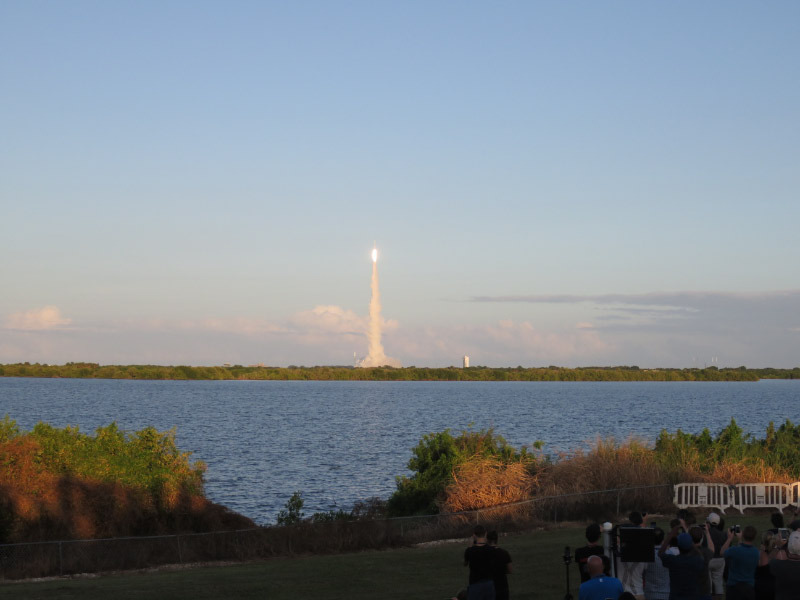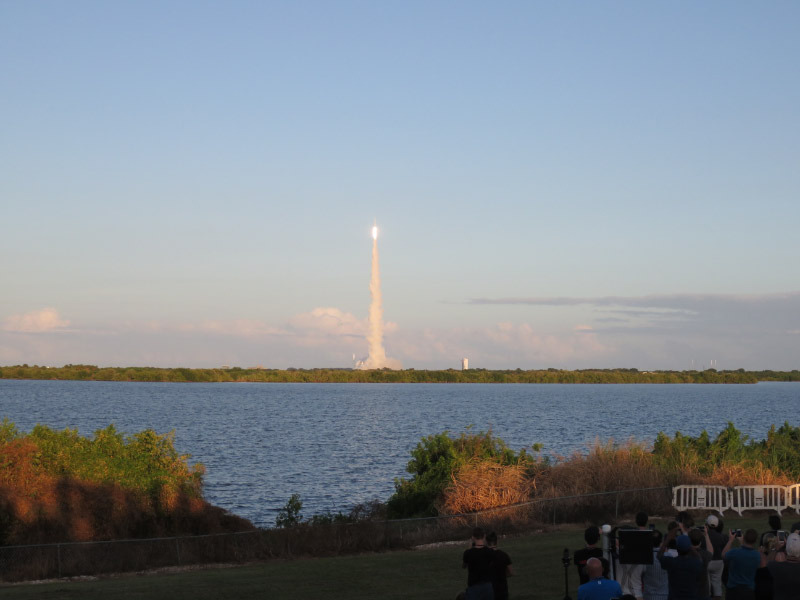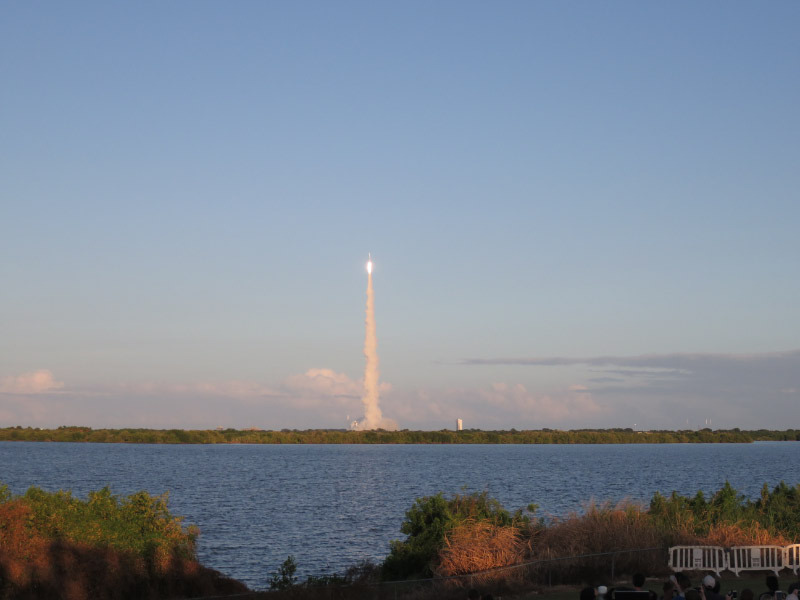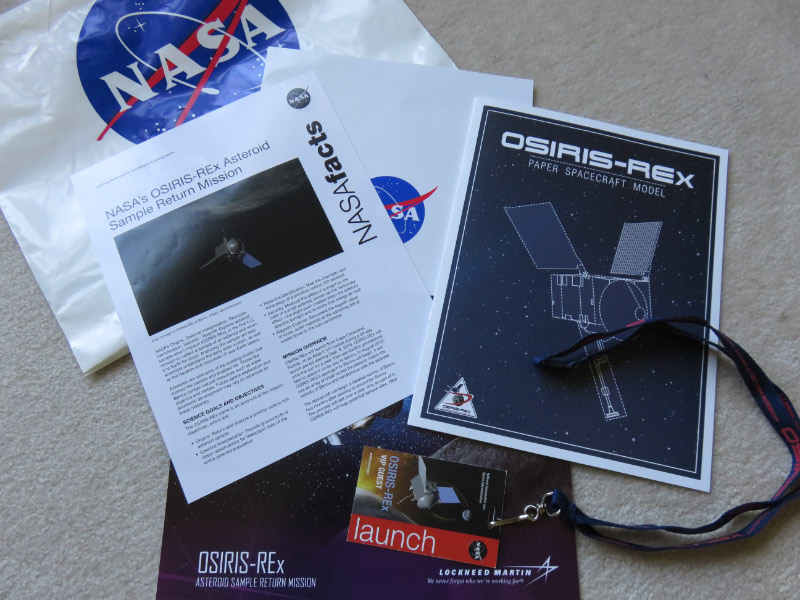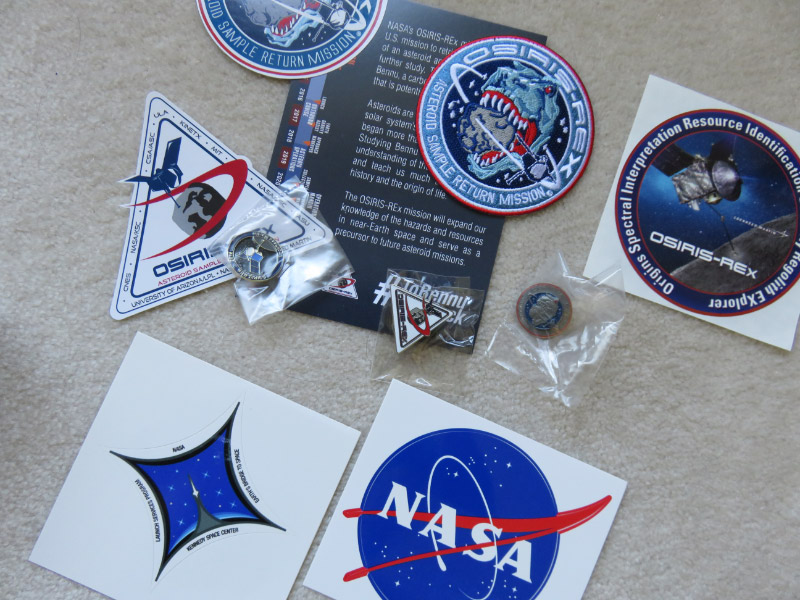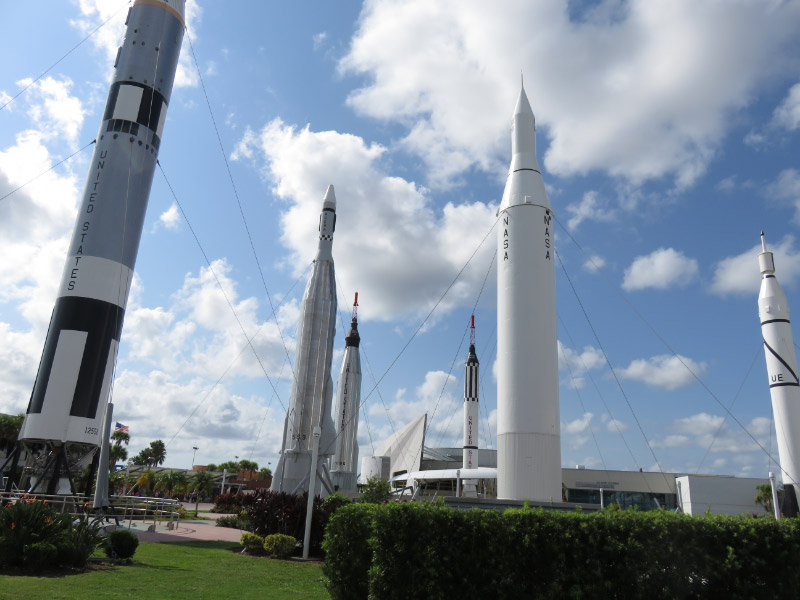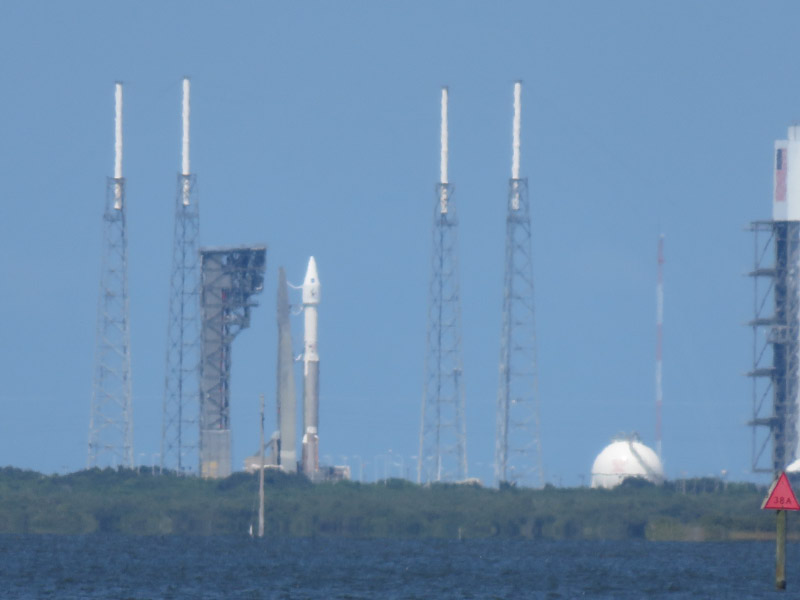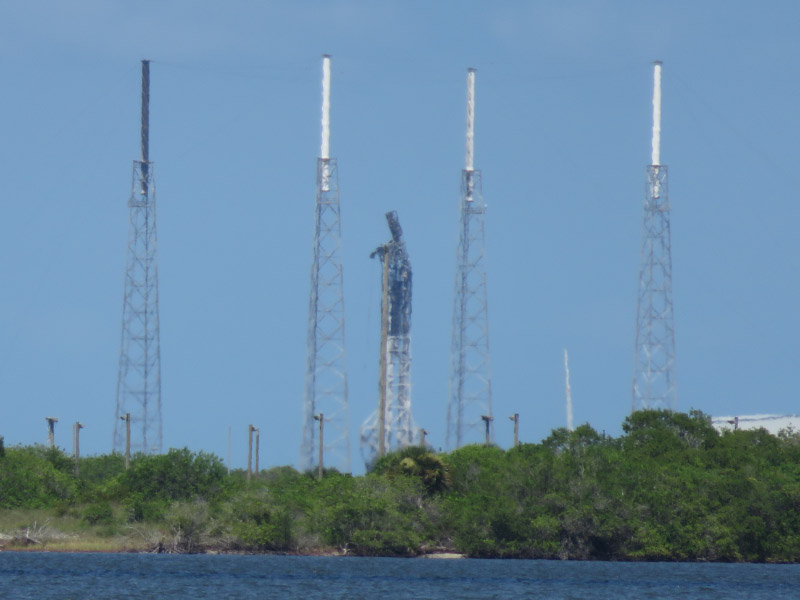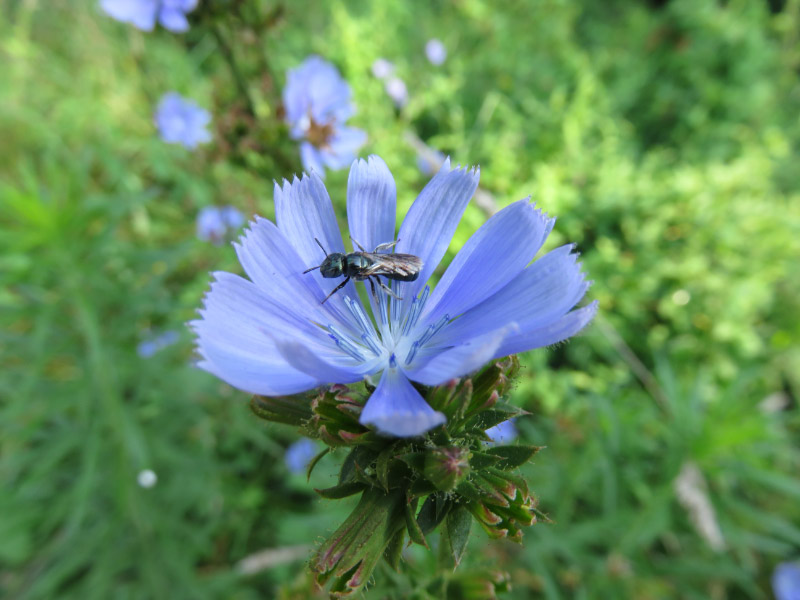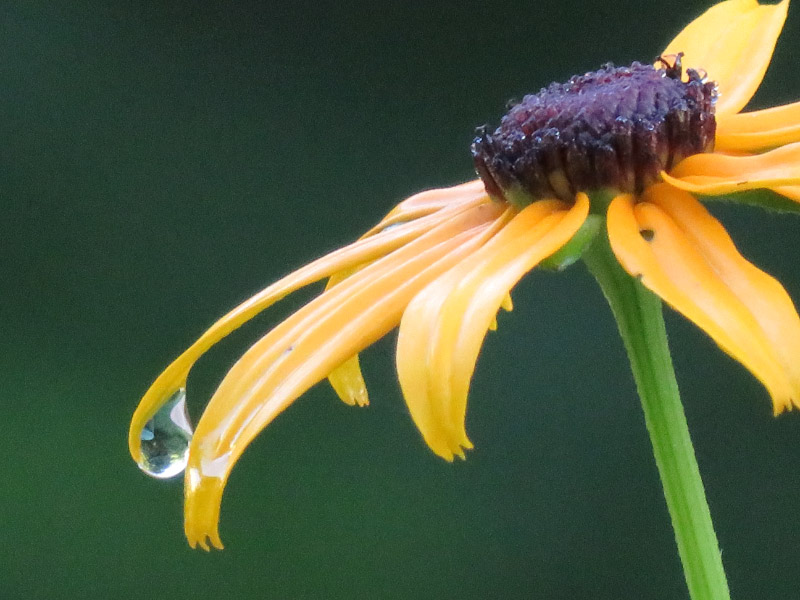Gleanings of the Week Ending October 01, 2016
/The items below were ‘the cream’ of the articles and websites I found this past week. Click on the light green text to look at the article.
Images of the world’s greatest cities before they were cities – Visual history.
Internet addiction may indicate other mental health problems in college-aged students – An Internet Addiction Test was developed in 1998; this study indicates that the test may need to be updates…that there are significantly more students having trouble dealing with their day to day activities because of their internet usage. Also – are mental heal issues a cause or consequence of excessive reliance on the internet?
UK’s Oxford tops world ranking of best universities; US had 3 of top 5 – This UPI article also provides a link to the annual list (here if you want to jump there directly). There is a short blurb for each school as well.
The Good Guide to Milk: Cow: Soy, Nuts & More – I’ve switched from almond to soy milk based on this article. I’d switched to almond milk several years ago when I finally realized that almost all my stomach issues were caused by lactose intolerance.
50-country comparison of child and youth fitness levels: US near the bottom – Not good. The US is 47 out of 50. I wonder how long it has been this bad. So much has changed over the past 50 or so years. Many neighborhoods are not walkable…streets are too busy/dangerous for bicycling…parents are worried about children being outside without direct supervision.
View 3500+ Art Exhibits Online – A blurb from Free Technology for Teachers. Another source for free ebooks, specifically about exhibits at MoMA.
Greenland ice is melting 7% faster than previously thought – The hot spot that feeds Iceland’s active volcanoes is responsible. Uplift is happening a differing rate as well.
Sesame: Little Seeds, Big Benefits – Another seed to keep on hand. I use chia seeds the most but sesame seeds (and tahini) are a close second.
Ancient Skeleton discovered on Antikythera Shipwreck – From 65 BC...and now they can use DNA to learn more about a person that lived 2100 years ago.
Grading the Presidential Candidates on Science – From Scientific America. A compilation of answers on a number of science related issues from all 4 candidates.

